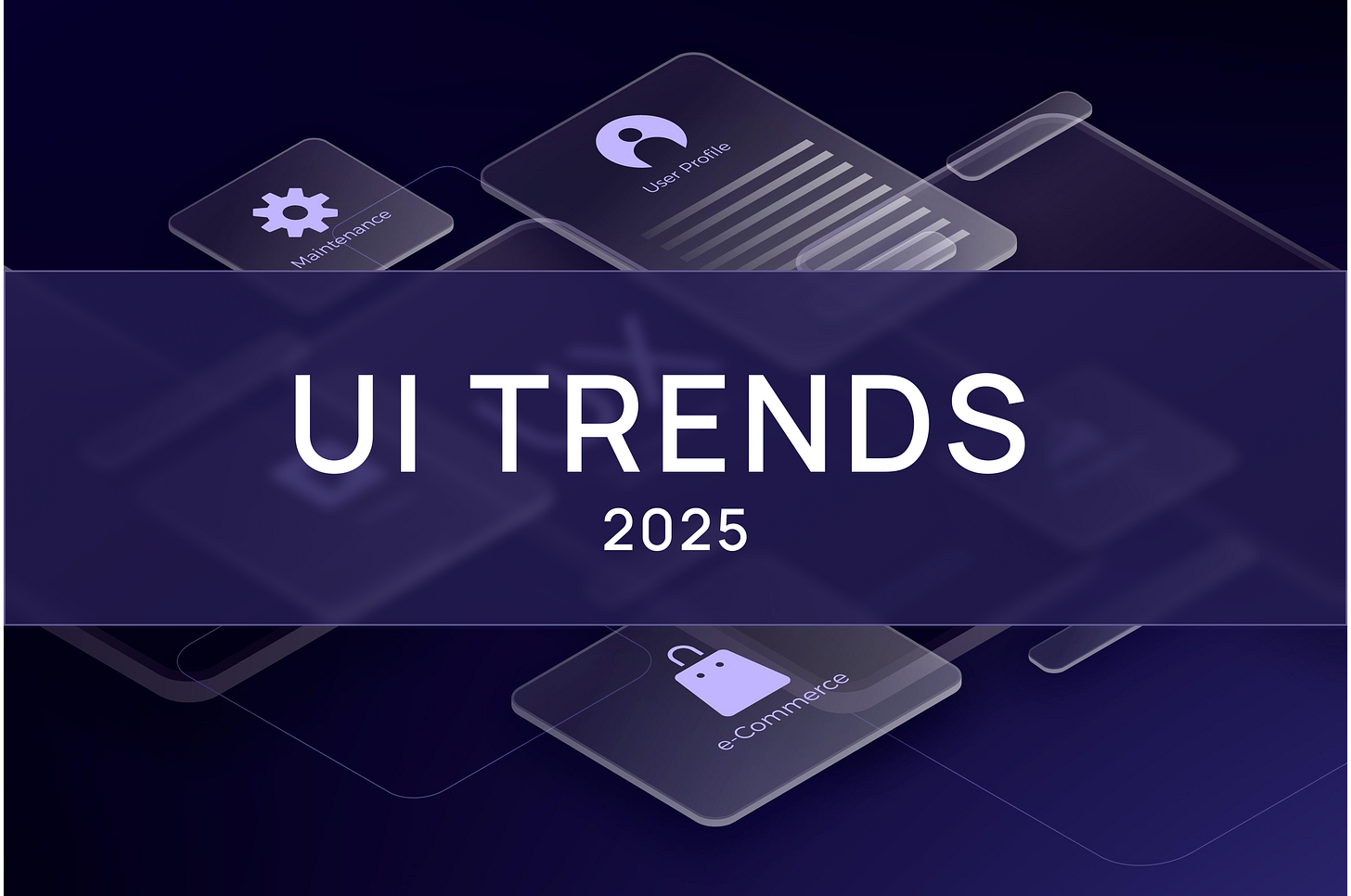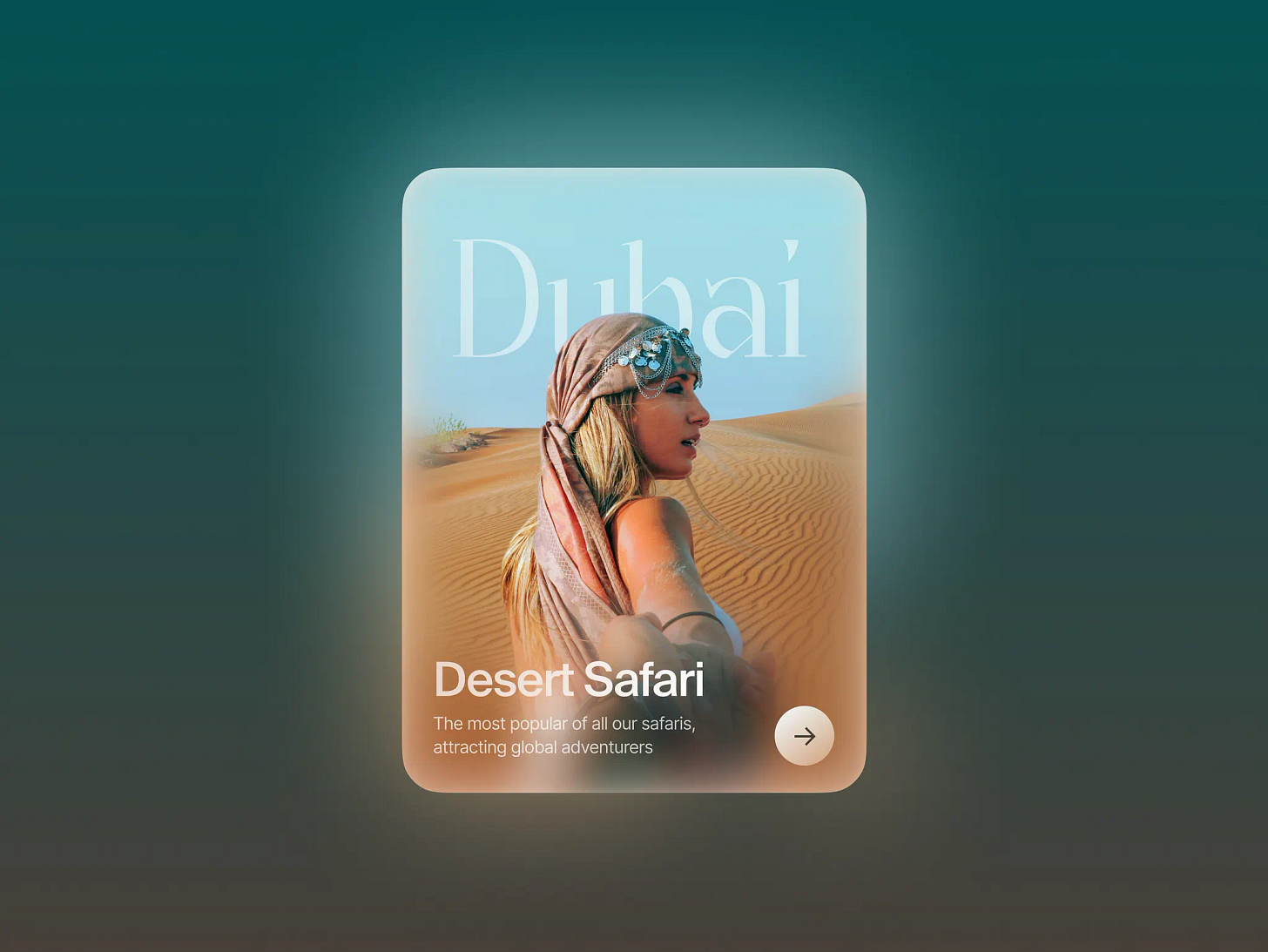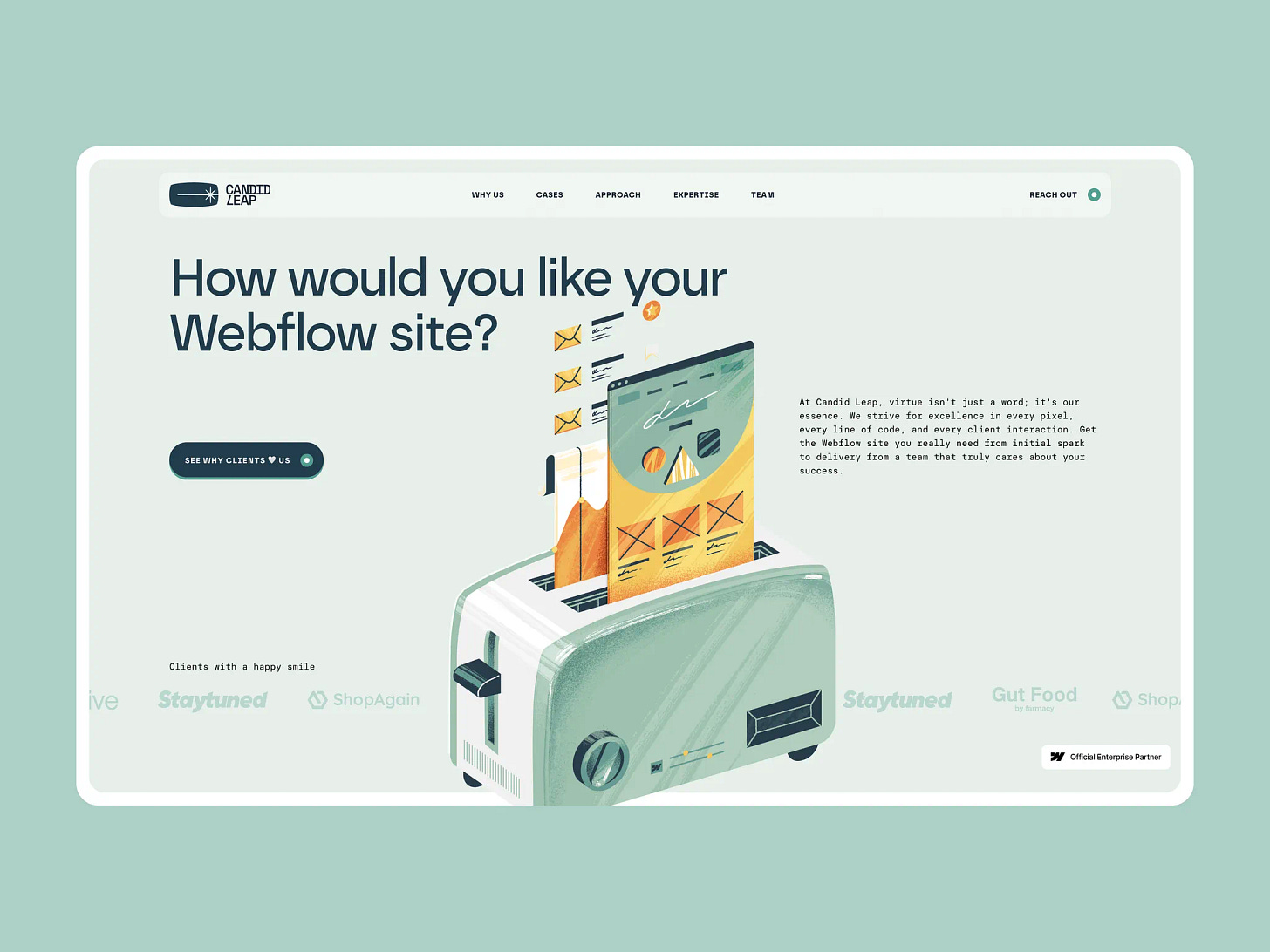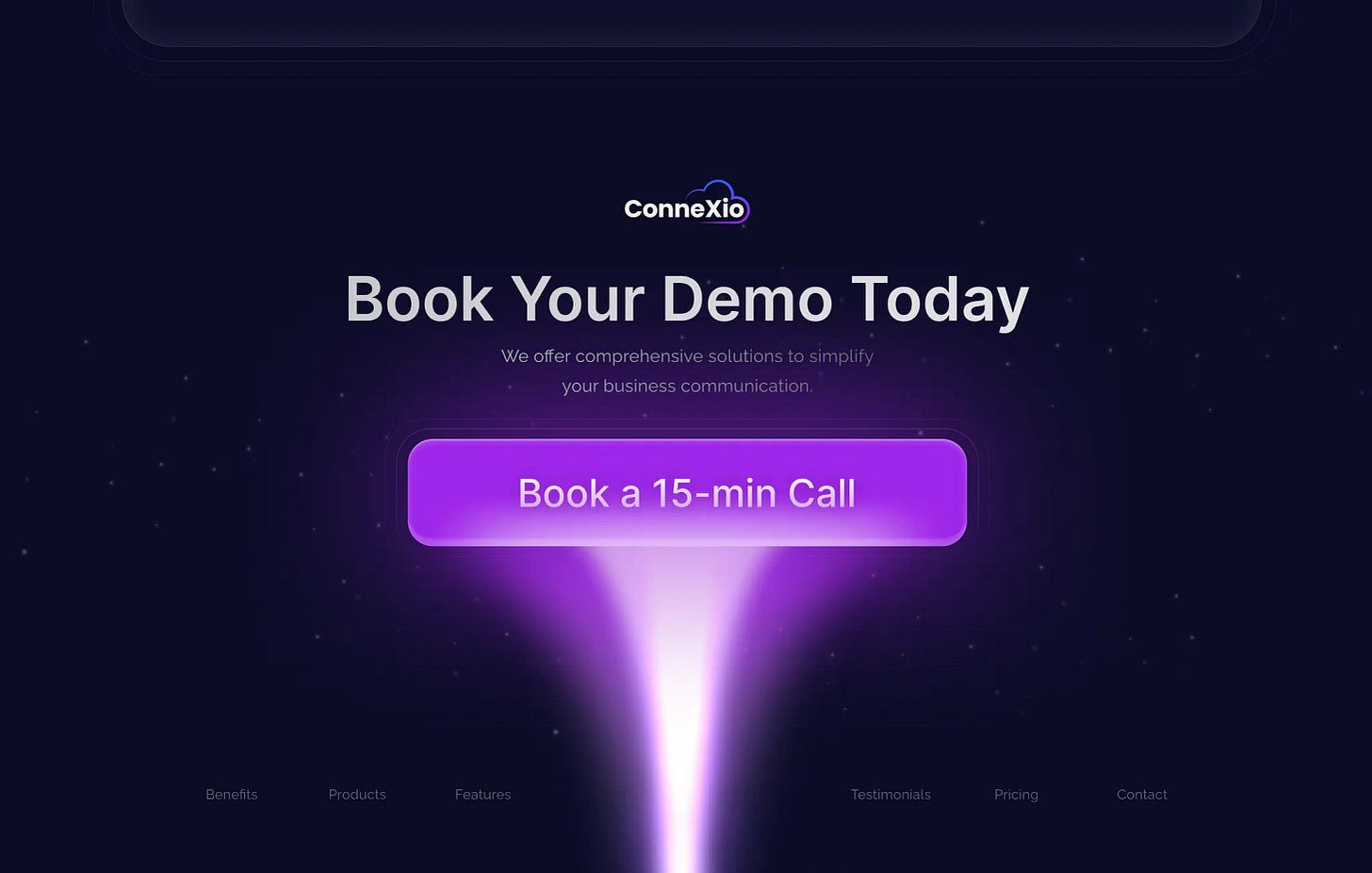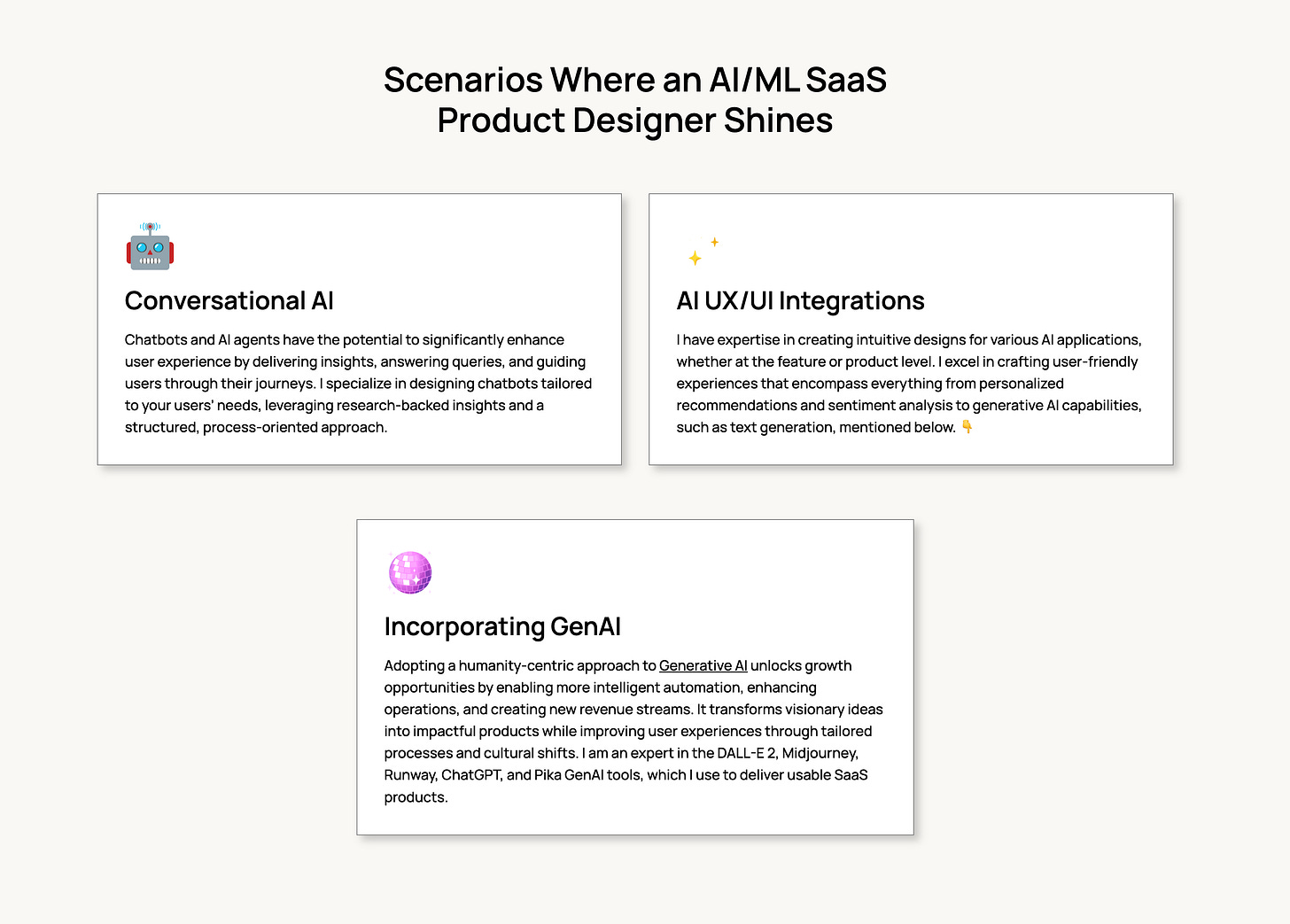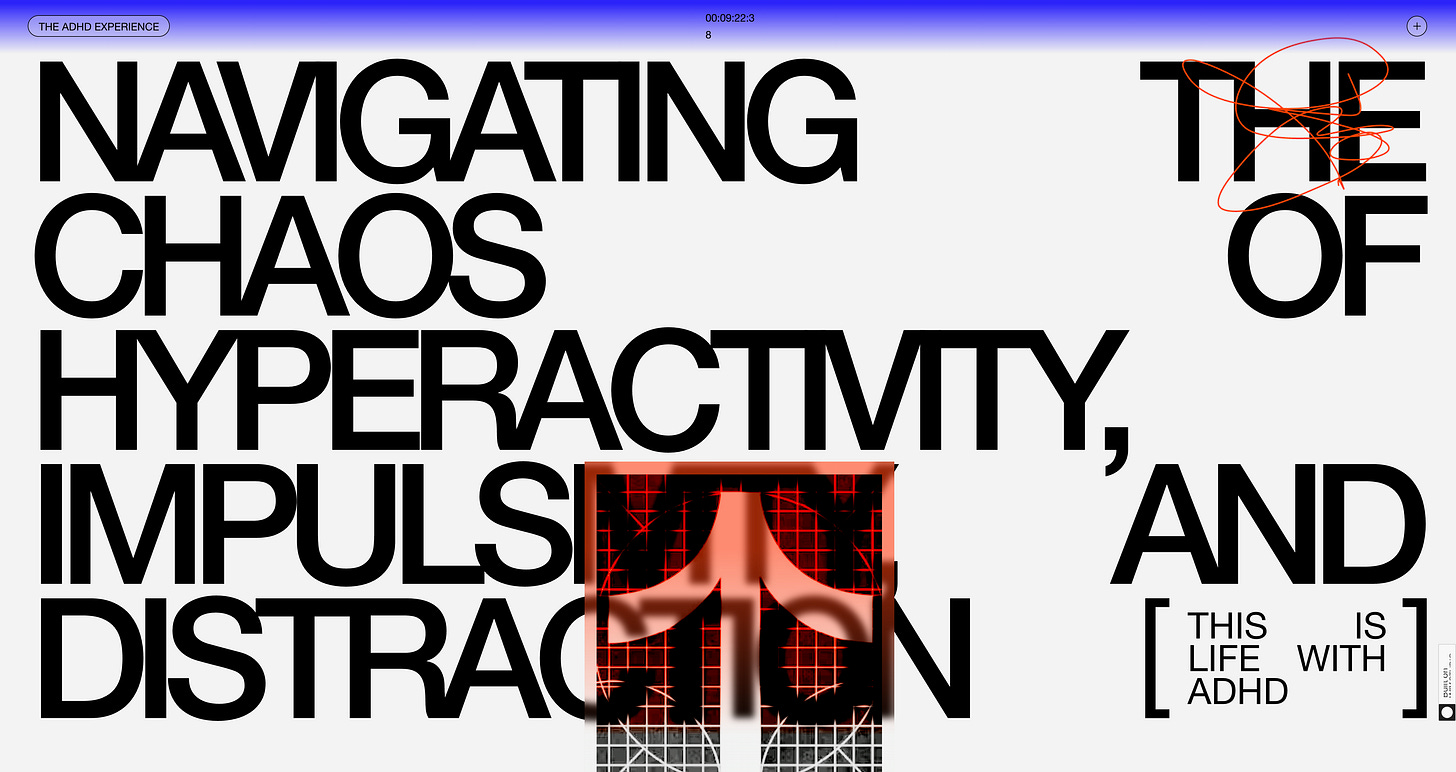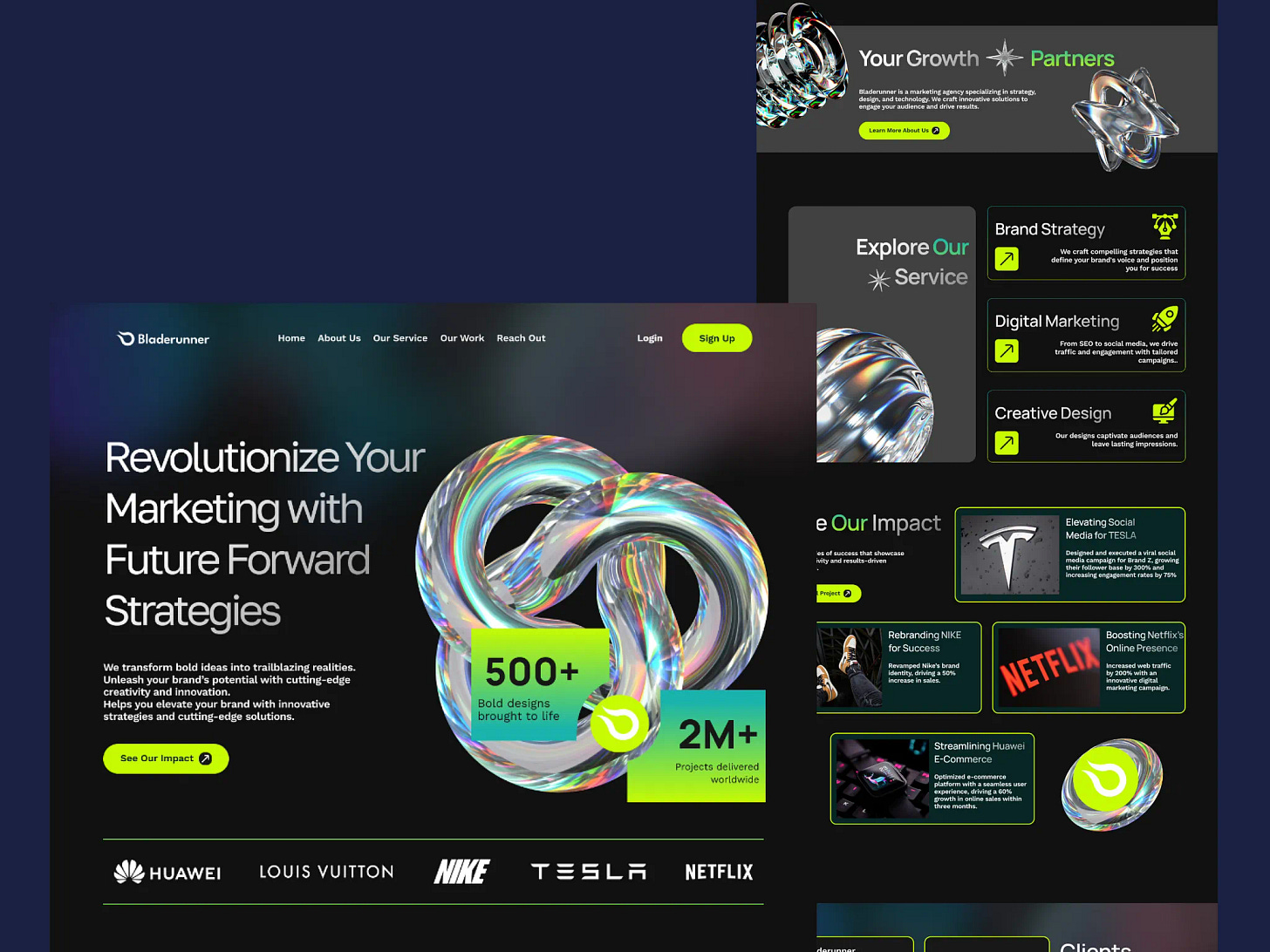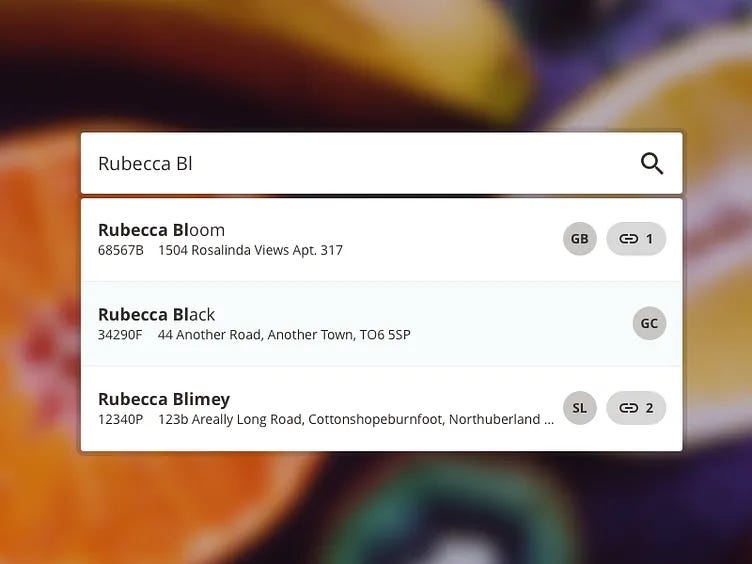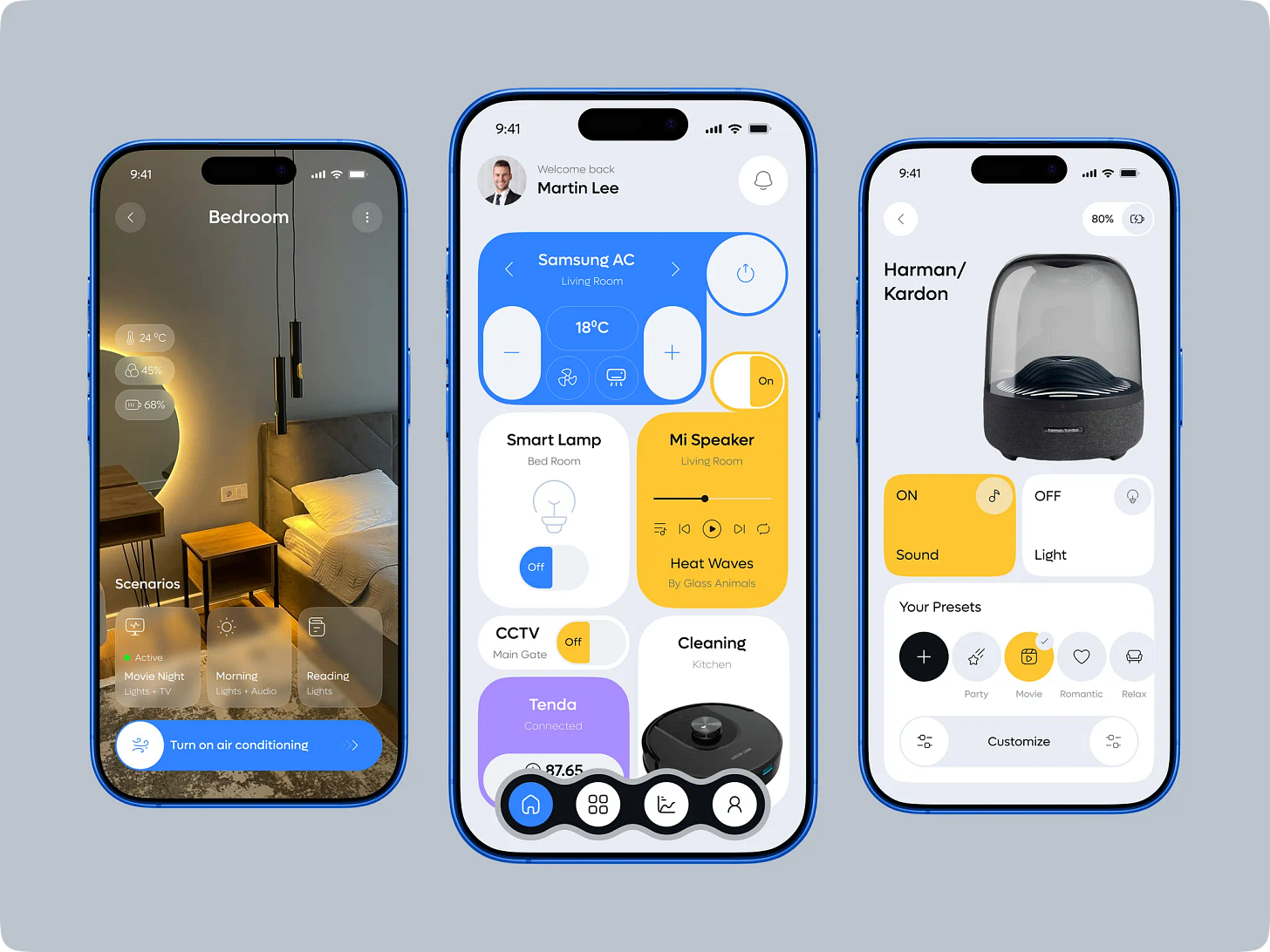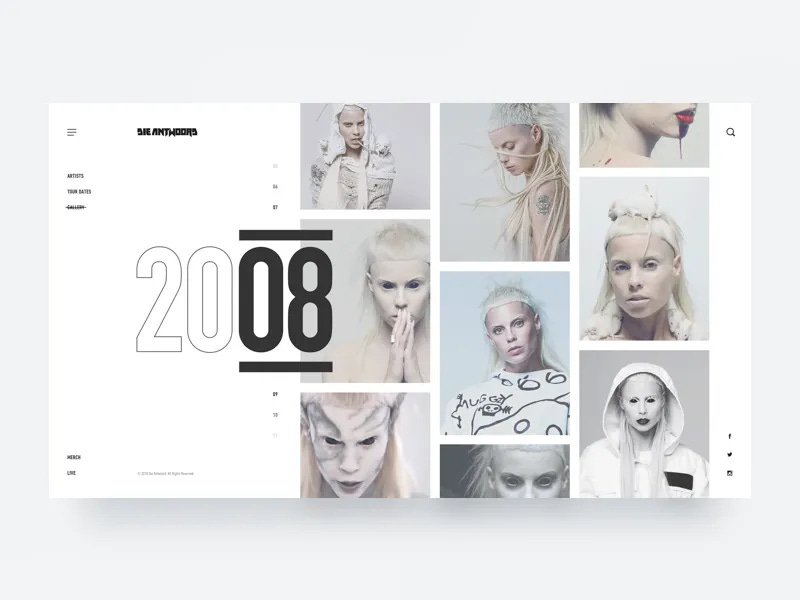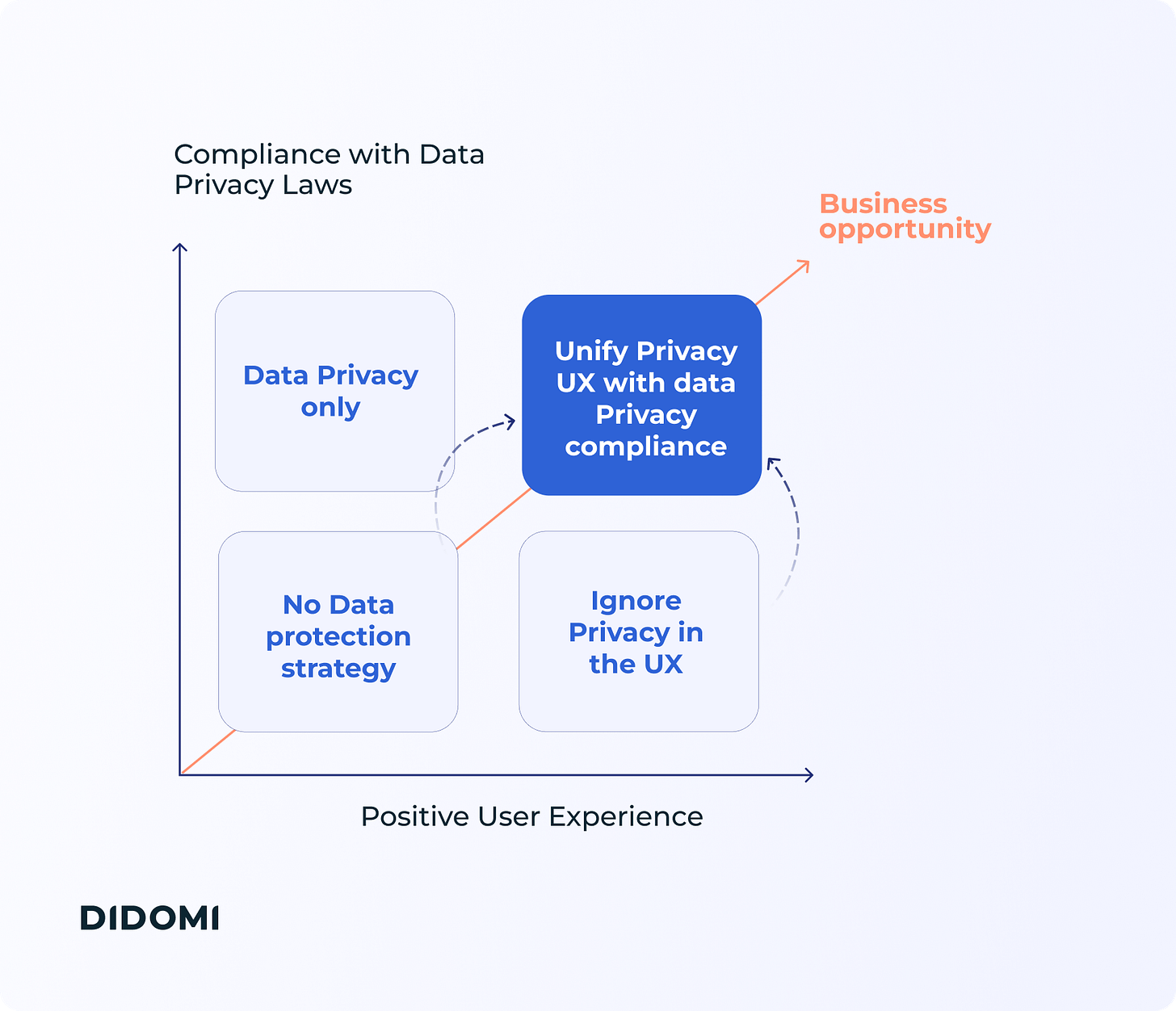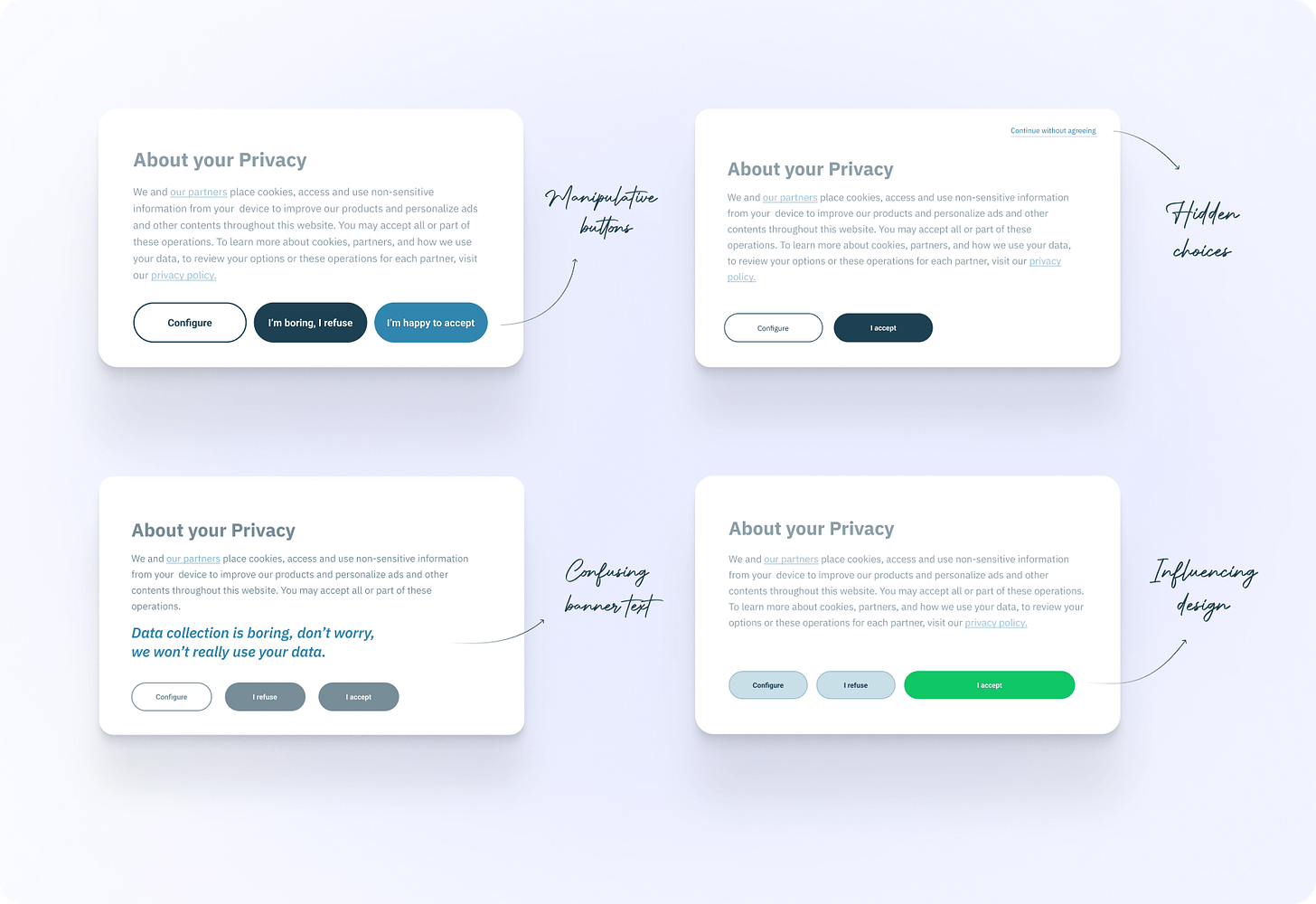🔮 UI Design Trends in 2025: Not Just Stylish—Strategic
Explore 2025’s top UI design trends—from progressive blur to AI interfaces—shaping modern, intuitive, and immersive digital products.
The world of UI design doesn’t sit still. It never really has. As a UI/UX designer, when you think you've mastered the latest best practices, something shifts—technology evolves, users behave differently, and design sensibilities grow more refined.
Staying ahead of the curve isn't about chasing every new and shiny idea. It’s about noticing which shifts improve usability, which make interactions feel more intuitive, and—if we’re being honest—which ones look good in a way that’s hard to explain but easy to feel.
So, what’s shaping the interfaces of tomorrow? Below, we’ll unpack 18 emerging UI design trends for 2025 that are making waves, not because they're flashy, but because they offer real design value.
UIUXshowcase.com — A curated home for designers and makers. No noise. Just the best tools, resources, and inspiration, all in one place.
1. 🎯 Progressive Blur
This one’s subtle, but it’s powerful. Progressive blur introduces a soft transition from sharp focus to blur across UI elements. It guides user attention without shouting for it, and somehow, it just feels... smoother. More organic. A slight shift that makes interfaces feel more modern and easier on the eyes.
2. 🍱 Bento Grids
Inspired by the neatly arranged Japanese lunch boxes, Bento grids are all about modular design. They're responsive, adaptable, and visually harmonious—ideal for today’s multi-device world. Plus, they look satisfying. Designers love them for maintaining structure without sacrificing creativity.
3. ✍️ Detailed Illustrations
Forget vague stock icons. We’re seeing a surge in richly detailed illustrations—almost like mini-art pieces baked into the interface. These visuals go beyond decoration. They carry tone, brand, and emotion. They’re storytelling devices in their own right.
4. ⚪ Minimalism
Yes, it’s still here—and for good reason. Minimalist UI isn't about being boring. It’s about clarity. Think: fewer colors, cleaner typography, and lots of breathing room. When done well, it reduces cognitive load and gets users where they need to go, fast.
5. 🌈 Light Rays
These aren’t just gradients. They’re luminous, glowing accents that highlight key elements. Think soft beams or radiant borders that add depth and vibrancy. Used sparingly, they can elevate the visual hierarchy and direct user focus.
6. 😊 Text + Emoji
What once felt casual now feels... expected. Integrating emojis into body copy or interface elements brings warmth and a conversational tone, especially for younger audiences. It’s a subtle way to humanize interactions and make your product feel friendlier.
7. 🔠 Big, Bold Typography
Words are designed now. Giant, expressive headlines dominate hero sections. Fonts with attitude—confident, emotional, even playful—are doing heavy lifting. It’s no longer about “just being readable.” It’s about being memorable.
8. 🧩 Interactive Objects
We’ve come a long way from static design. Interactive objects—buttons, sliders, animated cards—bring life to a page. They respond, react, and sometimes surprise. Not only does this improve user engagement, but it also makes digital experiences more tactile and dynamic.
9. 🧊 3D Elements
The flat is fading. In 2025, interfaces are starting to bend space. With lightweight 3D models or subtle parallax effects, you achieve greater depth, realism, and immersion. It's less about tech flexing and more about making digital feel physical, without overwhelming the user.
10. 📖 Storytelling
We're not just clicking buttons anymore—we're journeying through interfaces. With micro-animations, immersive scrolling, and layered content, UI is becoming narrative. Compelling storytelling in design fosters emotional connections and encourages users to return.
11. 🧠 AI-Powered Interfaces
Let’s be honest—AI is changing everything, including UI. From smart chat interfaces to AI-driven personalization (such as displaying different layouts based on user behavior), interfaces are becoming increasingly intelligent. It’s less about fixed UI and more about UI that adapts. Think: predictive search, contextual nudges, or even auto-layout adjustments. Invisible, but incredibly impactful.
12. 🌓 Dynamic Dark Mode
Not just a switch between light and dark. Dynamic dark mode adapts to the time of day, ambient light, or even the user's mood. Designers are now exploring more than just the binary theme toggle—gradients, accent lights, and subtle animations bring dark UIs to life. It’s elegance meets personalization.
13. 📱 Thumb-Friendly Navigation
With ever-growing phone sizes, “thumb zones” are more important than ever. UI layouts are adapting—moving critical actions to the bottom of the screen, introducing floating menus, or even flexible gestures. If your interface makes people stretch, it’s already outdated.
14. 🌐 Localization & Cultural Design
As products become more global, UI is embracing local aesthetics. Fonts, icons, color schemes, and even spacing are being tailored for specific cultural contexts. Designing for inclusivity now means designing with regional nuance in mind. What’s minimalism in Japan might feel cold in Brazil.
15. 🔄 Microinteractions
Tiny animations that respond to user actions—such as a button that subtly bounces when tapped or a heart icon that pulses—may seem trivial, but they make the experience feel alive. They offer immediate feedback, reduce friction, and honestly… they’re just satisfying.
16. ⏱️ Scroll-Based Timelines
Long scrolls aren’t just tolerated—they’re now an opportunity. Timelines, progress animations, and scroll-triggered reveals—all of it makes storytelling feel more immersive. The page itself becomes a kind of unfolding narrative, not just a container for content.
17. 🔒 Transparent Privacy UX
Users are (finally) more cautious about data. UI is responding with more visible permissions, contextual explanations, and opt-in experiences. Transparent design—such as clearly showing what will be done with your data—isn’t just ethical. It’s a trust-builder.
18. 🎤 Voice-Integrated UI
It's not yet mainstream for every app, but we’re seeing voice creeping into UI, not just as a feature, but as part of the overall flow. Think hybrid experiences where you type, talk, or tap interchangeably. Designers now need to think spatially and sonically.
Why These Trends Matter
For creative designers and developers, trends aren’t rules—they’re possibilities. Each one reflects a shift in how users perceive, interact with, and even feel about digital experiences.
Incorporating these thoughtfully (not all at once!) can mean the difference between a product that works and one that leaves a lasting impression.
You don’t have to use every trend. Just stay curious. Stay aware. Pick what fits your product, your users, and your vision.





